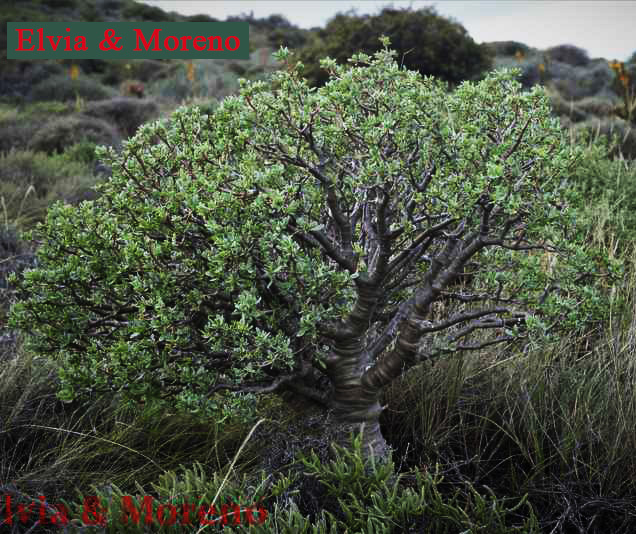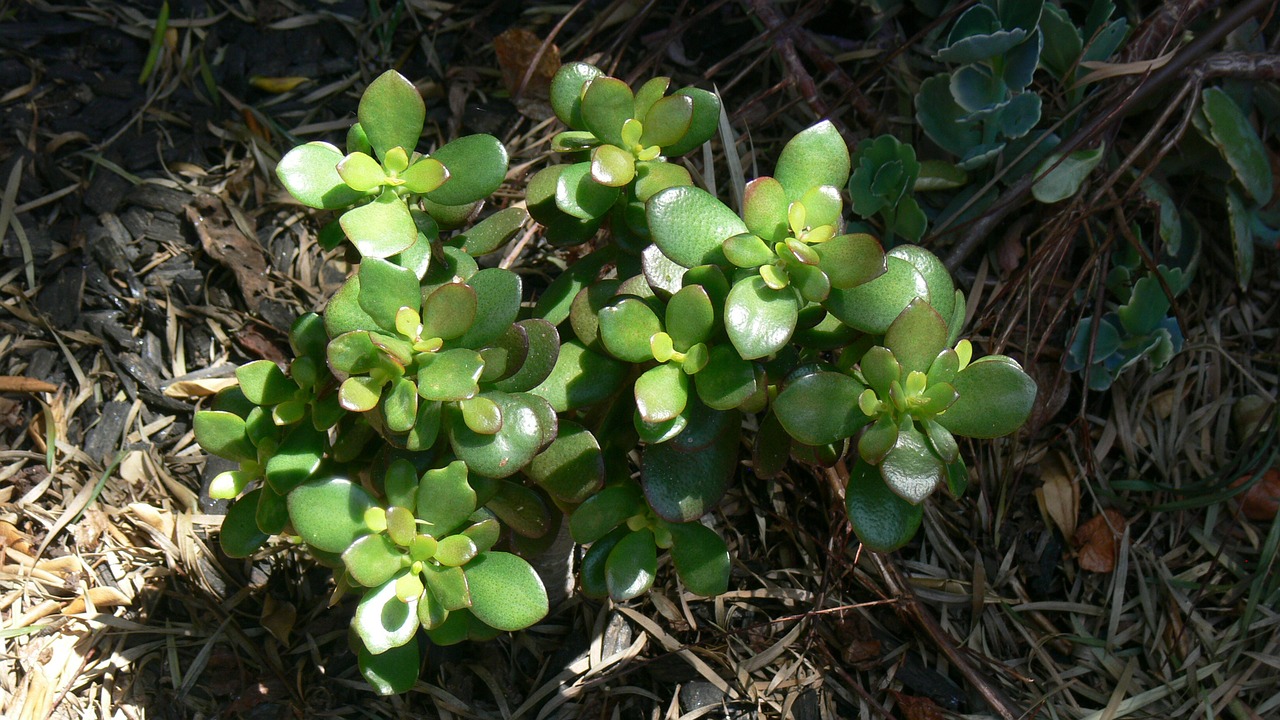We thank Elvia Speranza for the supervision of the information who, with her husband Moreno, takes care of the Cactus House with great love and expertise for cacti and succulents.
IDENTIFICATION of Crassula ovata
Scientific name:
Crassula ovata
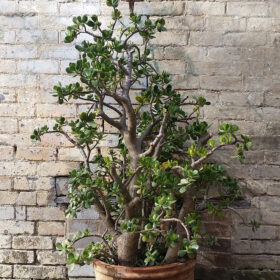
Italian common name:
Jade tree
Family:
Crassulacee
Origin:
originally from South Africa. Specifically, it is indigenous to the Eastern Cape Province
Evergreen or deciduous:
deciduous
PLANT RECOGNITION of Crassula ovata
Height:
2 m. Potted closest to 1 m
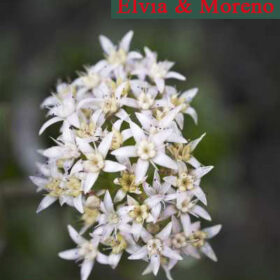
Width (extension):
2 m. Potted closest to 1 m
Habit:
shrubby therefore rounded or oval shape.
Leaf:
ovoid, on the average tapered and rounded, almost reminiscent of a small egg. It is fleshy and glossy green in color, with reddish profiles and shades which, with the variation of temperatures and exposure to the sun, become more accentuated. Its dimensions can reach about 4 cm in length.
Flower:
The flowers are small, with five petals and grouped in an umbrella shape, they are creamy white, star-shaped, they develop in a “cushion” shape at the apex of the leaves, giving beautiful bouquets
Flowering:
in autumn and winter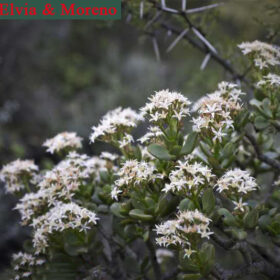
Stem:
woody, light brown
Toxicity:
it is toxic in all its parts for horses, dogs and cats, and moderately toxic for humans. Ingestion can cause diarrhea and vomiting, while contact of the lymph with the skin can cause itching and irritation. Similar symptoms, but more intense, are experienced on pets, also accompanied by the onset of depression.
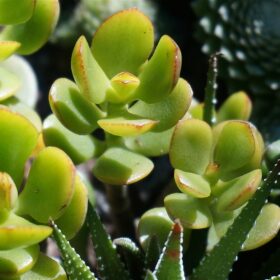
NEED
Maintenance:
low
Fertilization:
During the spring-summer period, administer a liquid fertilizer weekly, diluting it more than the recommended doses, an operation to be suspended during the vegetative rest phase as it would accumulate in the soil.
Light Exposure:
it prefers sunny positions, which lead to the development of the characteristic reddish margin of the leaves, however, pay attention during the summer period not to leave it exposed behind glass, which would concentrate the sun’s rays too much. It is unable to bear temperatures below – 2 °C.
Soil type: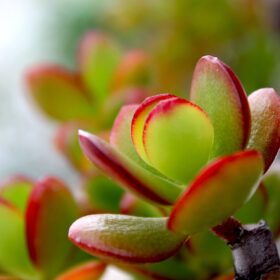
The ideal soil, as for almost all succulents, is the one with excellent draining capacity in order to avoid dangerous stagnations which could cause the plant to rot. The soil can be a mixed compost with aggregates in order to guarantee excellent and luxuriant growth. Clayey-sandy soil typical of rocky slopes, hills and fields, often in sheltered ravines.
Soil acidity:
neutral pH.
Italian climatic area: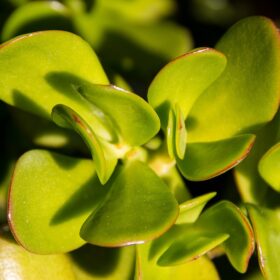
The ideal temperature to promote growth must range from 20 to 25°C during the vegetative period. In summer it would be advisable to place it outdoors, in the open air. From November to March we can place it where temperatures are around 10°C. In these conditions, its metabolism slows down considerably, but its vegetative growth stops completely only when the thermometer drops below 5°C.
Need for water:
Although it is a succulent plant, it needs a certain amount of water in the growing season, in fact a prolonged drought can block its growth. In summer the waterings will be done every time the surface of the loam is dry, preferable to be able to put the plants in the rain, which not being calcareous would clean the leaves while in winter, during the period of vegetative rest, they will be practically suspended. Absolutely to avoid any water stagnation in the saucers. In winter, on the other hand, keep the plant dry if the temperature drops below 10 °C: thus the Crassula will survive even short frosts.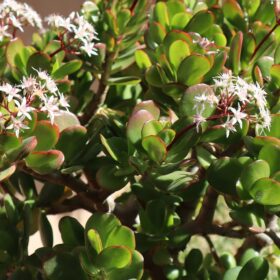
Diseases:
it is a very resistant species, which will hardly be attacked by parasites. The most dangerous is the cochineal, which covers the stems and leaves with a white, sticky substance, causing the loss of the leaves and the drying of the stems and which in the initial stages of the infestation causes the appearance of brown spots on the underside of the leaves .
Pruning:
does not require pruning. We recommend cleaning the dry leaves to avoid parasites. It can be pruned to contain the growth obtaining natural bonsai by doing so the flowering that develops in the tips of the stems would be lost
Propagation:
it reproduces by sucker, cutting or seed even if due to the genetic variability, as well as for greater simplicity, it is advisable to avoid the propagation by seed, in order to have plants identical to the mother one. In any case, Crassula Ovata is very easy to propagate, just place a twig directly on the ground to obtain a new seedling.
PARTICULARITY 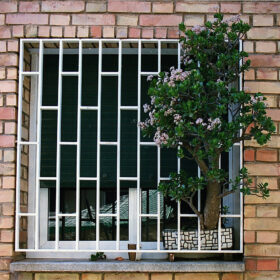
The reason for the name lies in the similarity of the plant and leaves to the precious stone.
Crassula from crassus (large) while ovate due to the shape of the leaves.
In the language of flowers C. ovata is considered a symbol of good luck, as it is already known in China, in the principles of Feng Shui, as a bringer of prosperity, luck and wealth, therefore able to bring economic well-being to the house where it is found.
Annotations
Water management is more important than it seems: too much water could lead to root rot while too little could lead to leaf discoloration.
Therapeutic use:
none
In the kitchen:
it is not used.
ELVIA SPERANZA’S COUNCIL
Easy to maintain plant, present for many years in homes because it adapts well to “geranium” type care. It is very important in the summer to be able to move the plant outdoors, the air is a panacea for correct cultivation. The soil can be a little richer in nutrients than for other succulents, it is important that it is very draining.
Now on horseback! Work awaits us! Our new wonderful outdoor space is about to be born!
GOOD WORK and…if you have any questions, write to info@ilmondodelgiardino.com
Sources of the images: we sincerely thank Elvia & Moreno for the photos they took in the places of growth in nature. We also thank Pixabay and in particular R N for the photo for social media, aquamaz for the Crassula in a terracotta pot, Jan Haerer for the red-edged leaves, Claire GIRAL for the strongly reddened leaves, sandid for the leaves under the sun, TuJardínDesdeCero for the flowering plant, Benjamin Balazs for the window plant and Glenn A Lucas for the ground plant.


